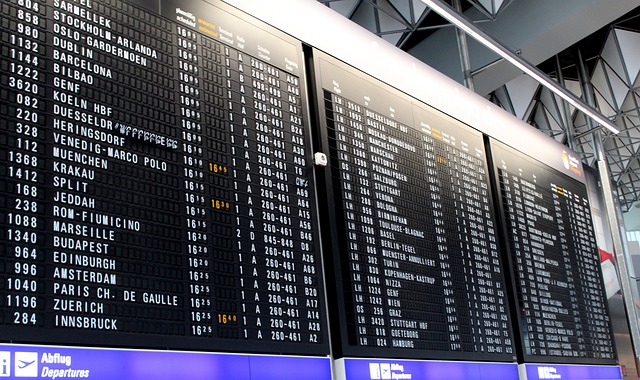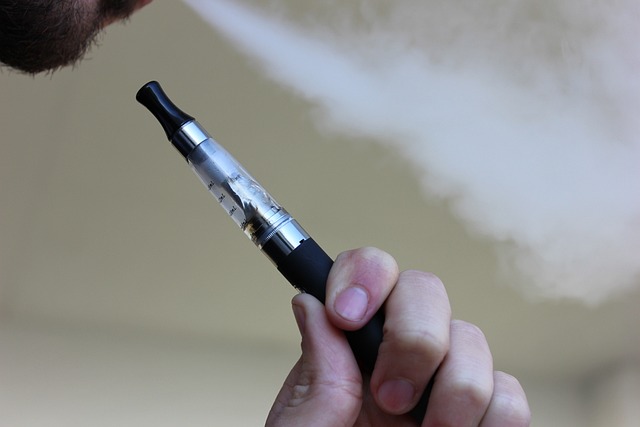The era when you could light a cigarette almost anywhere seems like a distant memory. As society’s views on smoking changed and public health became a global concern, spaces for smokers have decreased dramatically. Airports, once welcoming spaces for smokers, have also transformed. However, in corners of some airports worldwide, smokers still find refuge in designated smoking lounges, making them the last smoke-filled sanctuaries.
The Current Situation of Smoking Lounges
Even though smoking restrictions have become more widespread, several airports maintain smoking lounges. These lounges vary widely, from the luxury offerings with high-tech ventilation at Hartsfield-Jackson Atlanta International Airport, to the basic, ventilated rooms at Frankfurt Airport in Germany. These lounges provide a space for smokers to indulge in their habit without infringing on the comfort of other travelers.
Despite an overall downward trend, it’s worth noting the persistent existence of these lounges. They serve a portion of the public that’s increasingly pushed to the fringes of social spaces.
The Controversial Nature of Smoking Lounges
Smoking lounges at airports are not without their controversy. They often provoke debates between the rights of smokers and the potential health hazards for airport workers and non-smoking travelers. Many critics argue that even the best ventilation systems cannot completely eliminate secondhand smoke’s risks, putting the health of those who share the space at risk.
However, proponents for these lounges argue that without them, smokers might resort to smoking in undesignated areas, causing discomfort to the non-smoking majority and creating enforcement issues for the airport management.
The Future of Smoking Lounges
What does the future hold for these last smoke-filled sanctuaries? As more nations adopt stringent smoking regulations, the number of airports maintaining these lounges is likely to decrease further.
However, the future may not be as clear-cut as it appears. Innovations such as vape lounges and heated tobacco products could potentially reshape the landscape of smoking lounges, making them less about traditional cigarettes and more about alternatives that claim to reduce second-hand smoke risks.
Conclusion
The debate around smoking lounges at airports is unlikely to conclude soon. While these sanctuaries serve a portion of the population, they also embody a wider social and health dilemma. As society continues to grapple with these issues, these lounges are a microcosm of the global smoking discussion.



